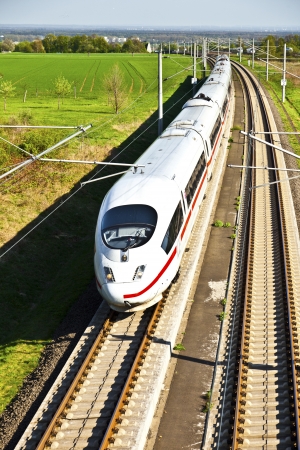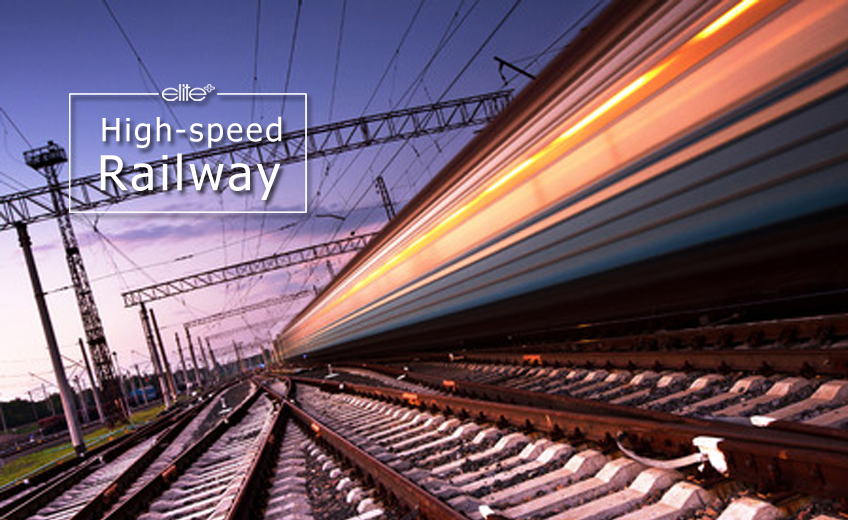As the trade hub of ASEAN, Thailand is well positioned to prosper alongside Southeast Asia’s growing economies. Economic success is being strived for like never before, with economies such as Vietnam rising in leaps and bounds and Indonesia hitting the headlines as one of the fastest-growing economies in the world, in one of the fastest-growing regions. From being classed as a low-income economy just a few short years ago, Thailand has already witnessed an incredible rise to middle-high income status according to the World Bank in Thailand.

Thailand-China High-Speed Railway
The key to continuing success for Thailand is not just a factor of location but perhaps more importantly, logistics. The signing of two contracts worth THB 5.2 billion (USD 157 million) at the start of September 2017 to build a high-speed Thailand-China railway is set to super-charge Thailand’s connectivity both regionally and globally.
Phase one will see over 250 km of standard gauge, double-track high-speed railway, the first of its kind in Thailand, constructed between Bangkok and NakhonRatchasima, with plans for the track to be operational within 2021. Phase two involves over 350 km of railway extended up towards the Laos Border at NongKhai. Here there is a connection to Kunming in China, while plans are afoot to reach down to the south, with a high-speed rail line to Rayong and beyond Thailand into Malaysia and Singapore.
A Vision of Strategic Cooperation
The latest rail development is being welcomed as a positive upgrade to Thailand’s transport capabilities and a sign of a growing business climate that embraces cooperation and connectivity. This sense of integration and partnership comes at a time when Thailand is experiencing an exporting high and noticeably was invited by China to attend the annual BRICS Summit. The 2030 Vision for ASEAN-China Strategic Partnership also displays a shared intent within the region to work together for the good of all.
Modernizing the ancient trade routes of the Silk Road, the rail project is set to boost the region’s infrastructure and commercial networks beyond its borders, whilst cementing Thailand’s position as ASEAN’s economic center. Communities and industry along the way will undoubtedly feel the impact as greater trading opportunities open up.

Southeast Asia’s Fast Train Network Plans
Meanwhile, construction cost estimates are being considered in proposed plans for a high-speed railway to link Thailand and Japan. The first phase will see a route between Bangkok and Phitsanulok, extending from here, in the second phase, to Chiang Mai in North Thailand. Work could begin as early as 2019, with trains in use by 2022.
A commuter link and high-speed line are also being built between Malaysia and Singapore, to open in 2024 and 2026 respectively, opening up the region even further to commercial development.
China’s appetite for building rail infrastructure is light-years ahead of many countries, and certainly those within ASEAN. In August 2017, China reinvigorated its high-speed intercity bullet train development with the opening of the 400 kphFuxing train between Beijing and Shanghai. With China’s economy a dominant force on the world stage, infrastructure linking ASEAN capitals, at the very least, could be the tangible connection that really pulls the community together as a global economic force.





















































































































































































































































































































































































































































































































































































































































































































































































































